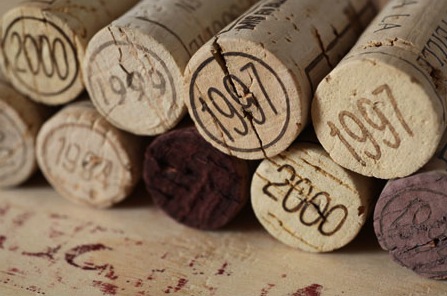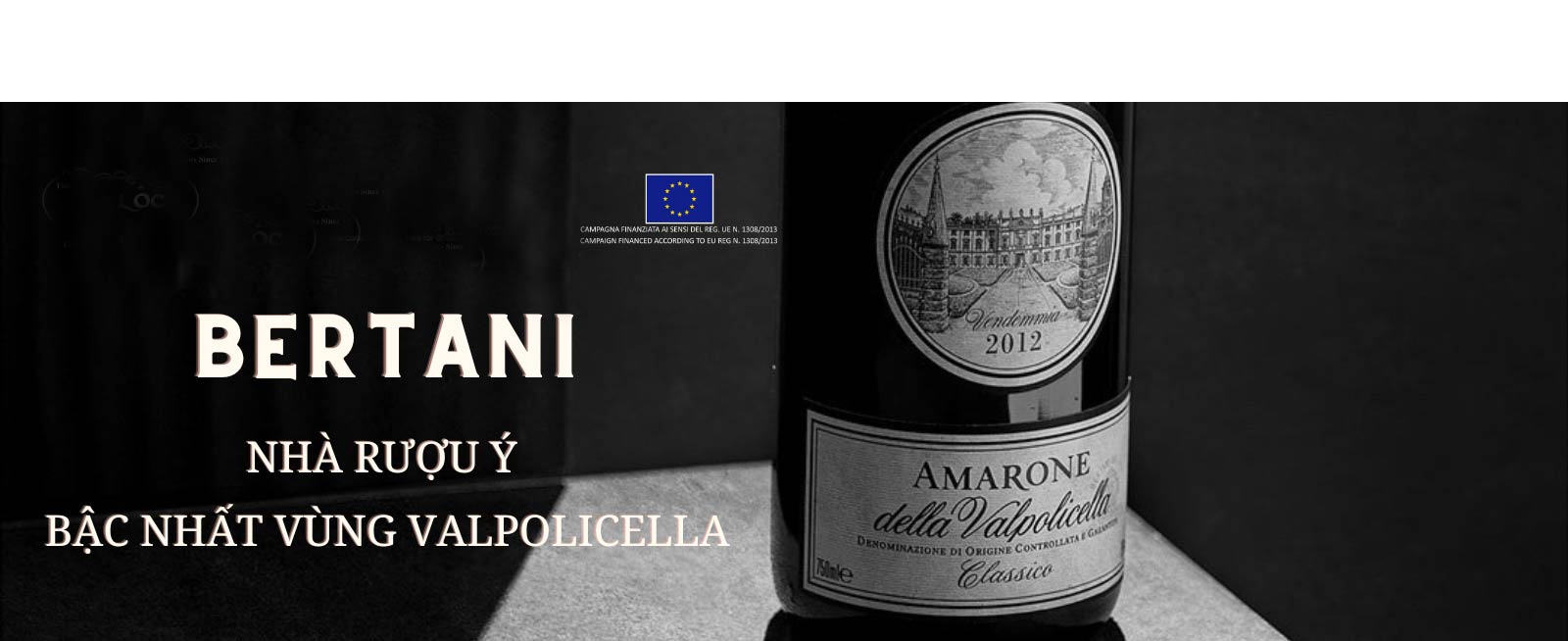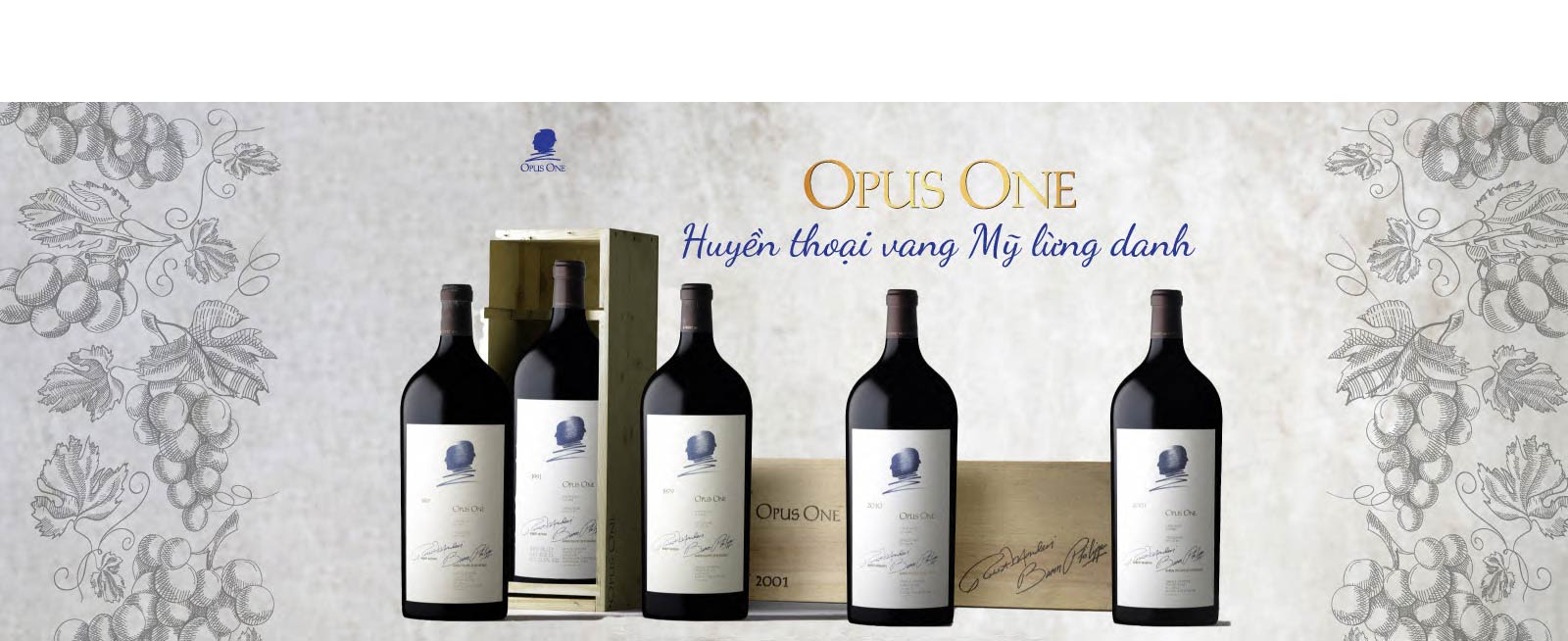Login
Decanting
Decanting is an optional and controversial step in serving wine, involving pouring wine out of its bottle into another container called a decanter.
Reasons for decanting
- Separating the sediments
The most obvious reason for decanting a wine is to separate it from any sediment that has formed in the bottle which not only looks unappetizing in the glass, but usually tastes bitter and/ or astringent. Before winemakers mastered the art of clarification, this was necessary for all wines. Today such a justification of the decanting process effectively limits it to those wines outlined in ageing as capable of development in bottle, in most of which some solids are precipitated as part of the maturation process. Vintage and crusted ports in particular always throw a heavy deposit (since they are bottled so early in their evolution), as do red wines made with no or minimal filtration.
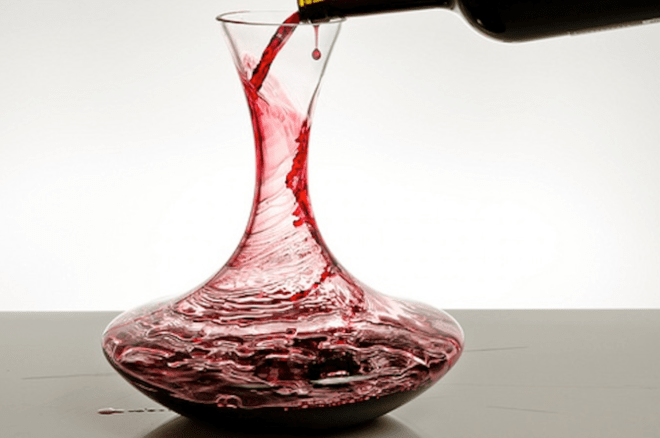
2. Changing aromas and flavours
Another, traditional but disputed, reason for decanting is to promote aeration and therefore encourage the development of the wine’s bouquet. Authorities as scientifically respectable as the late Professor Émile Peynaud argued that this is oenologically indefensible: that the action of oxygen dissolved in a sound wine when ready to serve is usually detrimental and that the longer it is prolonged— i.e. the longer before serving a wine is decanted— the more diffuse its aroma and the less marked its sensory attributes. His advice is to decant only wines with a sediment, and then only just before serving. If they need aeration because of some wine fault such as reduction or mercaptans, then the taster can simply aerate the wine by agitating it in the glass.
However, there are certain types of wines, ultra-traditional barolo most obviously, which may not have been included in Professor Peynaud’s experiments with decanting regimes, which can be so concentrated and tannic in youth that to lose some of their initial sensory impressions is a positive benefit.
3. Helping service
There is also the very practical fact that many hosts find it more convenient to decant before a meal is served rather than in the middle of it. There are also people who enjoy the sight of (perhaps both red and white) wine in a decanter so much that they are prepared to sacrifice the potential reduction in gustatory impact.
How to decant?
Some authorities argue that bottles that have been stored horizontally should be disturbed as little as possible before being decanted, so transfer them to either a decanting cradle or a (much more expensive) decanting machine. The alternative and more common method involves much more contact between the deposit and the clear wine, standing the bottle upright for as long as possible before opening, certainly a few hours for wines which have a great deal of sediment, to allow the sediment to fall through the wine to the base of the bottle.
Whichever method is used, ensure that the decanter looks and smells absolutely clean, and find a strong light source against which the bottle can be held (a candle, flashlight, desk light, or unshaded table lamp will do). After opening the bottle, as gently as possible, and wiping the lip of the bottle clean to avoid any possible contamination, particularly if the capsule is old enough to contain lead, steadily pour the contents of the bottle into the decanter watching the lower shoulder of the bottle with the light source behind it. The sediment should eventually collect in the shoulder and the pouring action can be halted
To extract maximum volume of liquid from a bottle with sediment, or if there is no time to let all the sediment fall to the bottom of the bottle, or if a cork collapses into fragments in the bottle during extraction, the wine can be filtered into the decanter through clean fabric such as muslin, a paper coffee filter, or a special inert wine filter.
Comment
News View all
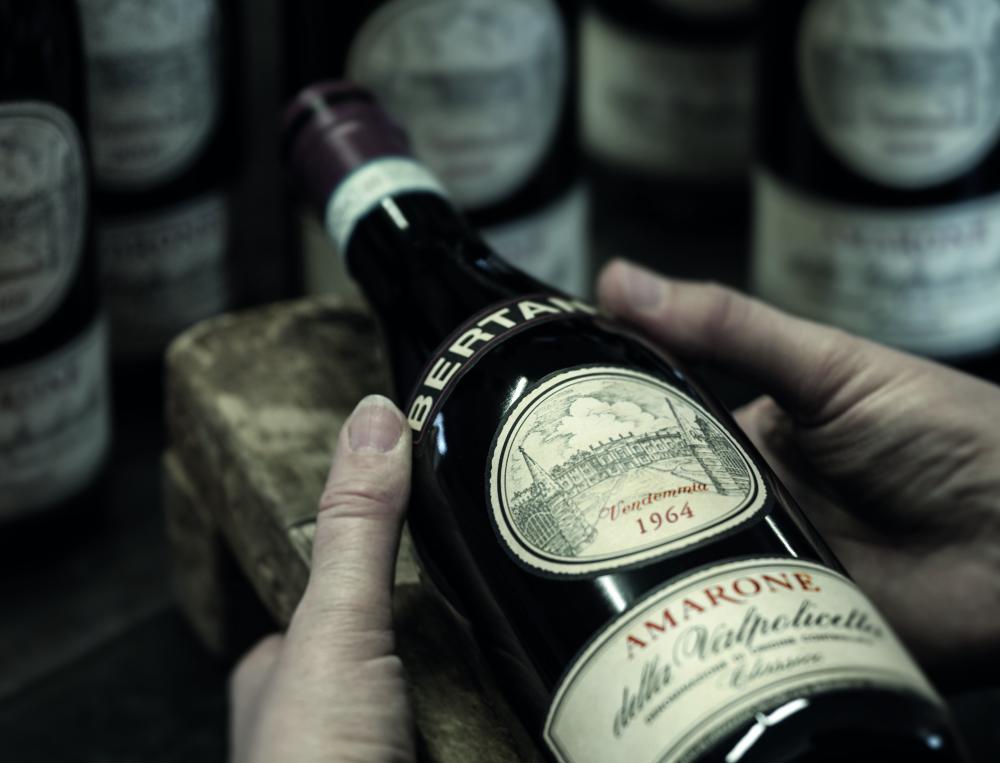
10 secrets behind the quintessence of Italian wines - Amarone
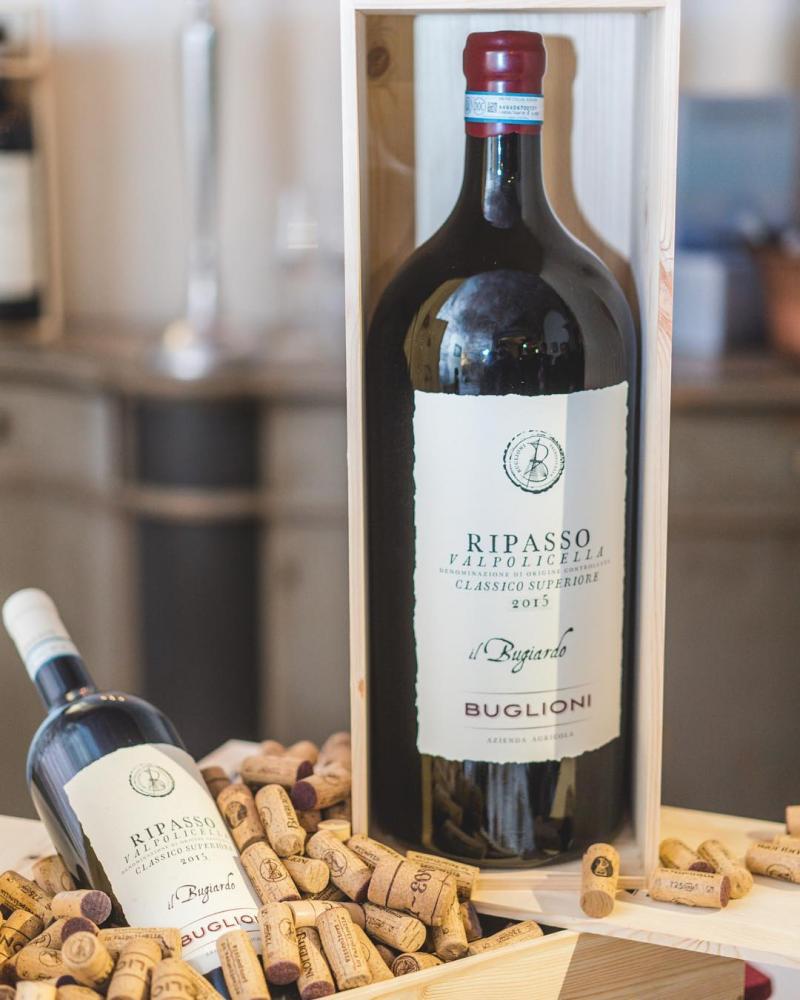
Accidental Vino

Vina Carmen - Nhà rượu tiên phong của Chile và giá trị vượt thời gian

TARAPACA – GIÁ TRỊ TRUYỀN THỐNG VÀ LỊCH SỬ CỦA CHILE

Rượu vang organic có đang là xu hướng của thế giới?

Những món quà rượu vang độc đáo cho dịp Tết
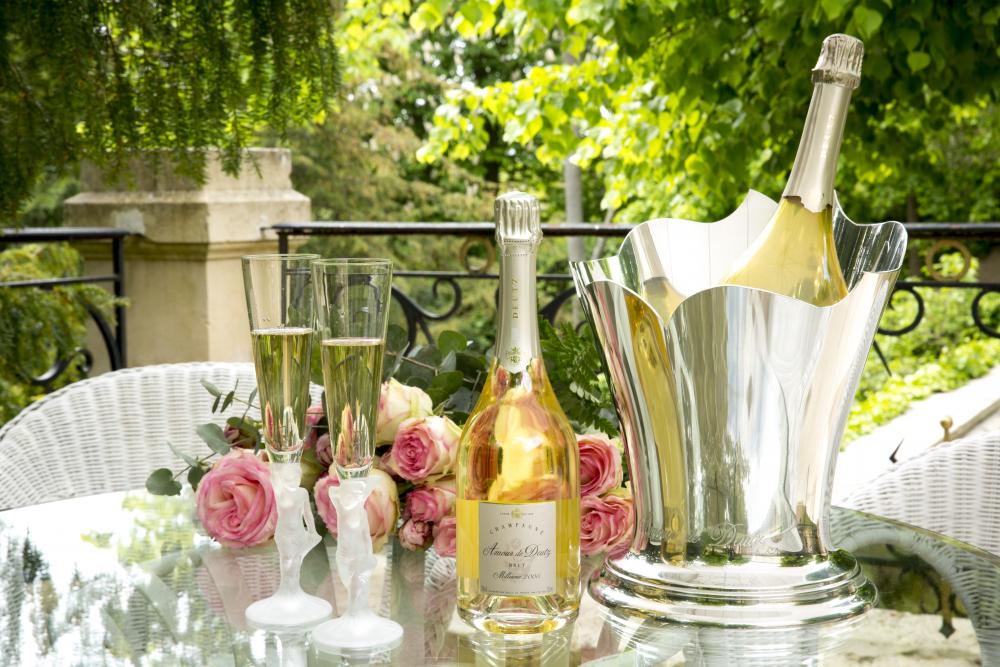
TẠI SAO CHAMPAGNE LẠI ĐẮT ĐỎ ĐẾN VẬY

Rượu vang Bordeaux – Chuẩn mực của sự so sánh

Delas – Rhone Valley xứ sở của Syrah

Sự Kết hợp tuyệt vời của Rượu Vang Và Ẩm thực Việt

Wine Gift Advice

Wine and Passion (Part 1)
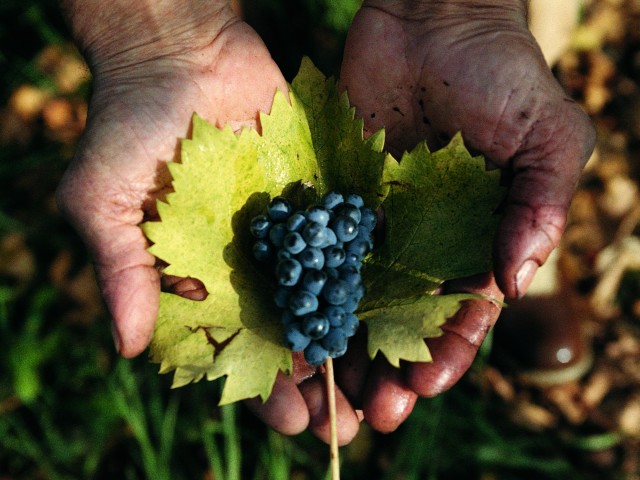
Wine Variety

Wine and alcohol
